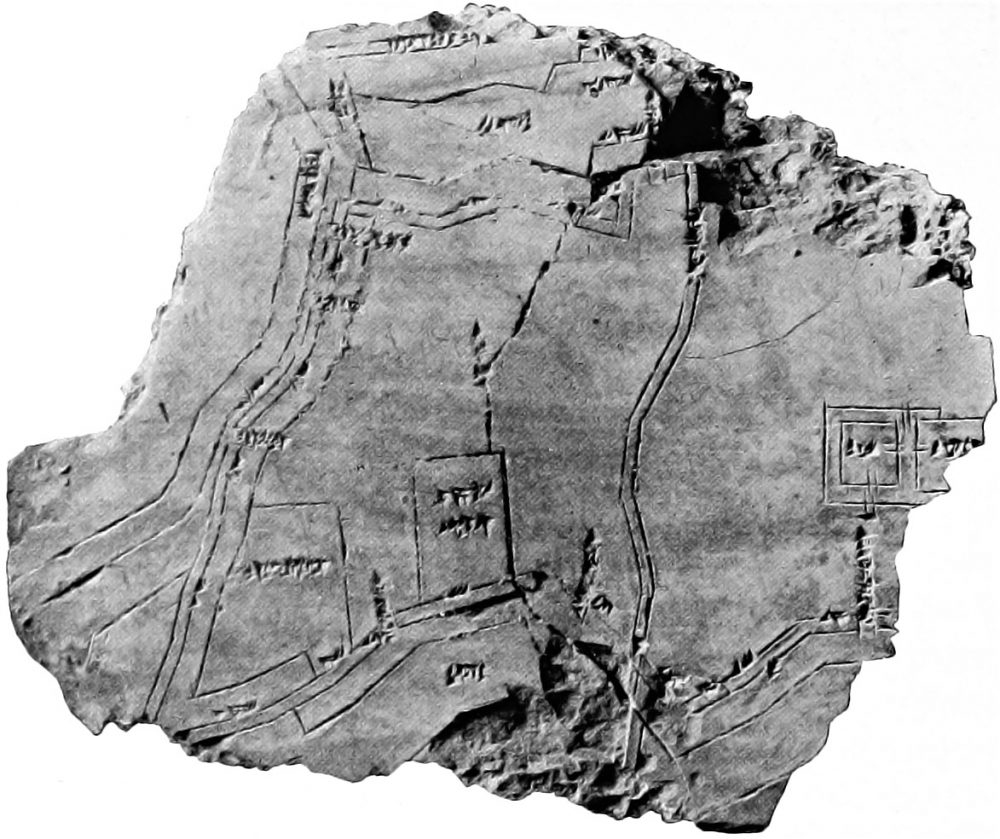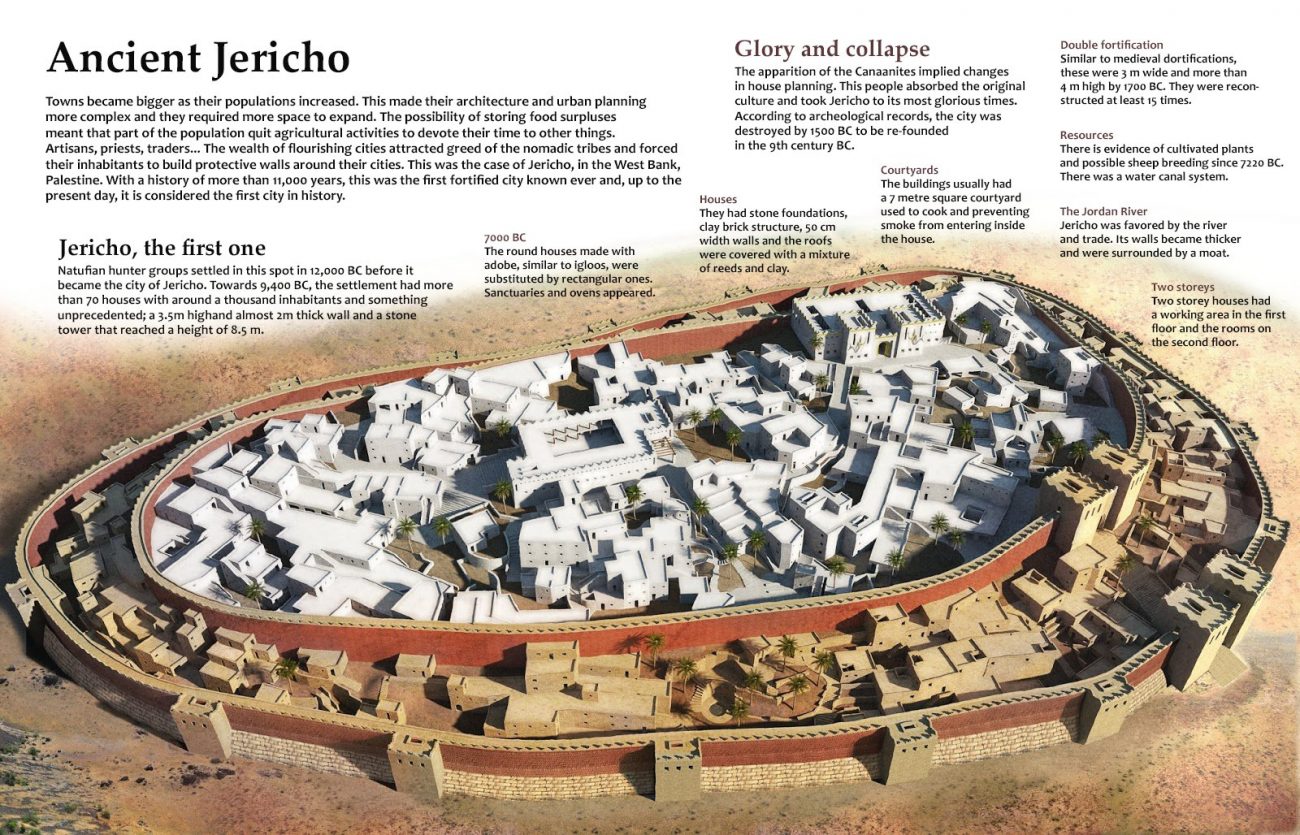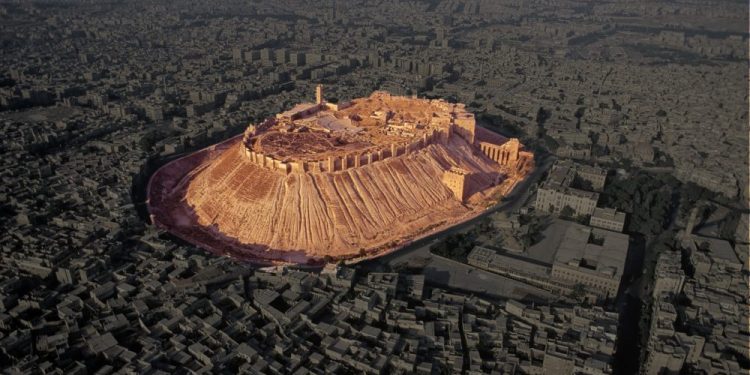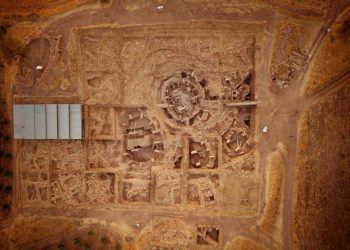Yes, the pyramids are among the oldest monumental structures on the surface of the planet.
But just because the pyramids are old, doesn’t mean there aren’t any older structures.
There are ancient cities on Earth that predate even the oldest of pyramids.
When people think of the Egyptian pyramids, they think of distant, ancient times when might Pharaohs ruled over Egypt. But although the pyramids are extremely ancient to us, already in ancient Egyptian times, the pyramids were very, very ancient. During the reign of one of the most famous Pharaohs in the history of Egypt, King Tutankhamun, the pyramids were already regarded as the remnants of an ancient society.
The same thing can be said about the rule of Ramesses the Great, another powerful and famous pharaoh of ancient Egypt. During his time, the Great Sphinx had already been buried, excavated, and buried again. He was one of the first Pharaohs to restore and repair the Sphinx, and this happened around 3,500 years ago.
According to the mainstream chronology of Egypt, the pyramids (of Egypt) date back to approximately 4,700 years ago. This may be very ancient to us now, but did you know that there were ancient cities on Earth that existed around 10,000 years ago? Archaeological surveys have revealed evidence of extremely ancient settlements predating the oldest of Egyptian pyramids by at least 5,000 years.
But although many consider the Egyptian Pyramid as the oldest on Earth, they are far from being the oldest. The most ancient pyramids on Earth weren’t even constructed in Africa. Halfway around the world, in present-day Brazil, archeologists have stumbled across pyramids that date back to around 5,000 years ago.
These ancient monuments, built nearly entirely out of seashells, are considered the oldest pyramids on Earth and predate their Egyptian counterparts by at least 300 years.
Egypt’s oldest
The first Pyramid in Egypt is believed to have been that of Djoser constructed at the royal necropolis of Saqqara around 4,700 years ago. During that time, in present-day Peru, an ancient culture built a pyramid-city we today call Caral. The Egyptian pyramids are contemporaneous with the oldest structures constructed in Caral.
However, proving the exact age of the pyramids of Egypt, those of Brazil or their Peruvian counterparts is nearly impossible, since there are no written records that date back to the time those pyramids were built. Why the builders of Egypt’s first Pyramid didn’t leave behind blueprints or mentions of the Pyramid’s construction remains a profound mystery.
But just as it is nearly impossible to identify the oldest Pyramid on Earth, it is equally difficult to distinguish and find the oldest cities and settlements on the planet.

That’s not only because things that we find keep getting older as best-selling author Graham Hancock would say, but because there are so many ancient sites that remain hidden from us, and those sites that have been found are evidence that during the time we thought hunter-gatherers only existed on Earth, there were actually well-developed societies constructing massive monuments and year-long settlements.
But although we can’t really define the oldest city on Earth, based on what we have found so far, we can obtain an approximate date. First, we need to understand the concept and meaning of a city, and what makes it function as one. To do that, we turn to the book “the Complete cities of Ancient Egypt,” where’s author Steven Snape reveals important details about what makes a city a city.
Snape explains that in sparsely populated Norway, a community center with 20,000 people is already seen as a city. In Britain, however, a center with a population of more than 100,000 people is only regarded as a town.
But to establish the oldest, we must understand a few other concepts. A city, for example, is recognized as a community center with a cluster of assets that belong to a region larger than its own direct hinterland. Snape reveals that the government is perhaps the most notable part of this, but so too are the various economic establishments and cultural organizations.
However, a city is also defined by the presence of a high density of permanent population. This society should have dedicated structures that help promote a sense of identity and must include a concentration of craft specialization and trade. But that doesn’t mean we can’t consider an organized society, living year long in the same location as a settlement.
Although the above segments can certainly help us better define what a city is and what is not, it is still difficult to understand what the oldest city on Earth is. That’s because the last few decades have revealed surprising and extremely old data that points to the existence of already developed societies during the last ice age.
For example, the oldest temple on Earth was built around 12,000 years ago. Its name is Göbekli Tepe, and it’s located in present-day Turkey. This ancient site is massive, and the builders quarried, moved, and raised massive stone pillars, some of which weigh 10, 20, and even 50 tons.
The site includes around 200 such massive pillars that were stacked precisely one next to the other, forming the largest and oldest such structures on the planet. Then, at one point in history, and for reasons we don’t know, they went through the massive effort to bury the massive structure, eventually helping preserve it until today.
If making managed to build Göbekli Tepe around 12,000 years ago, it means that already then an organized society existed in the region. Archaeologists estimate that more than 1,000 people participated in the construction of this ancient site.
This means that the workers needed food, clothing, and rest. Building Göbekli Tepe took time and patience.
Therefore, I believe that already then, around 12,000 years ago, three were examples of some of th oldest cities on Earth, places that helped people achieve great things, like building Göbekli Tepe.
The existence of this settlement/city has not been confirmed, but it doesn’t mean it was never there. I believe firmly that somewhere near Gobekli Tepe lay the remnants of a large ancient city, one that is unlike anything we’ve ever come across before.
Oldest Cities
Just to get an idea, here are three really ancient cities that can compete as the oldest on Earth. All of them predate the oldest Egyptian pyramids.
Damascus is an excellent example. Located in present-day Syria—a couple of hundred kilometers away from Göbekli Tepe—we find the ancient city that is recognized among experts as one of the oldest continuously occupied settlements in history. There are archeological traces at Damascus that suggest the city was occupied some 11,000 years ago. Archaeological surveys of a site near Tell Rama has revealed evidence of people living at the site as early as 9,000 BC.
But Damascus wasn’t the only ancient city. Jericho is another stunning example of the ancient world. It is believed that more than 10,000 years ago, the early inhabitants of the city of Jericho erected a massive wall, 12 feet high. This ancient structure is widely acknowledged as the oldest-known protective wall in history. People were living at the site when Egypt’s pyramids were not even conceived in the wildest of dreams.

Another amazing city with an epic history is Aleppo. Located also in present-day Syria, this ancient city predates written history. Archaeological survey and excavations at a site called Tallet Alsauda point towards human habitation at the site between 13,000 and 8,000 years ago.
Aleppo is believed to be by many scholars older than Damascus. Aleppo seems to appear in the historical record long before Damascus. The very first historical record that mentions Aleppo is traced back to the 3rd millennium BC. Aleppo is mentioned in the Ebla tablets as Ha-lam.











